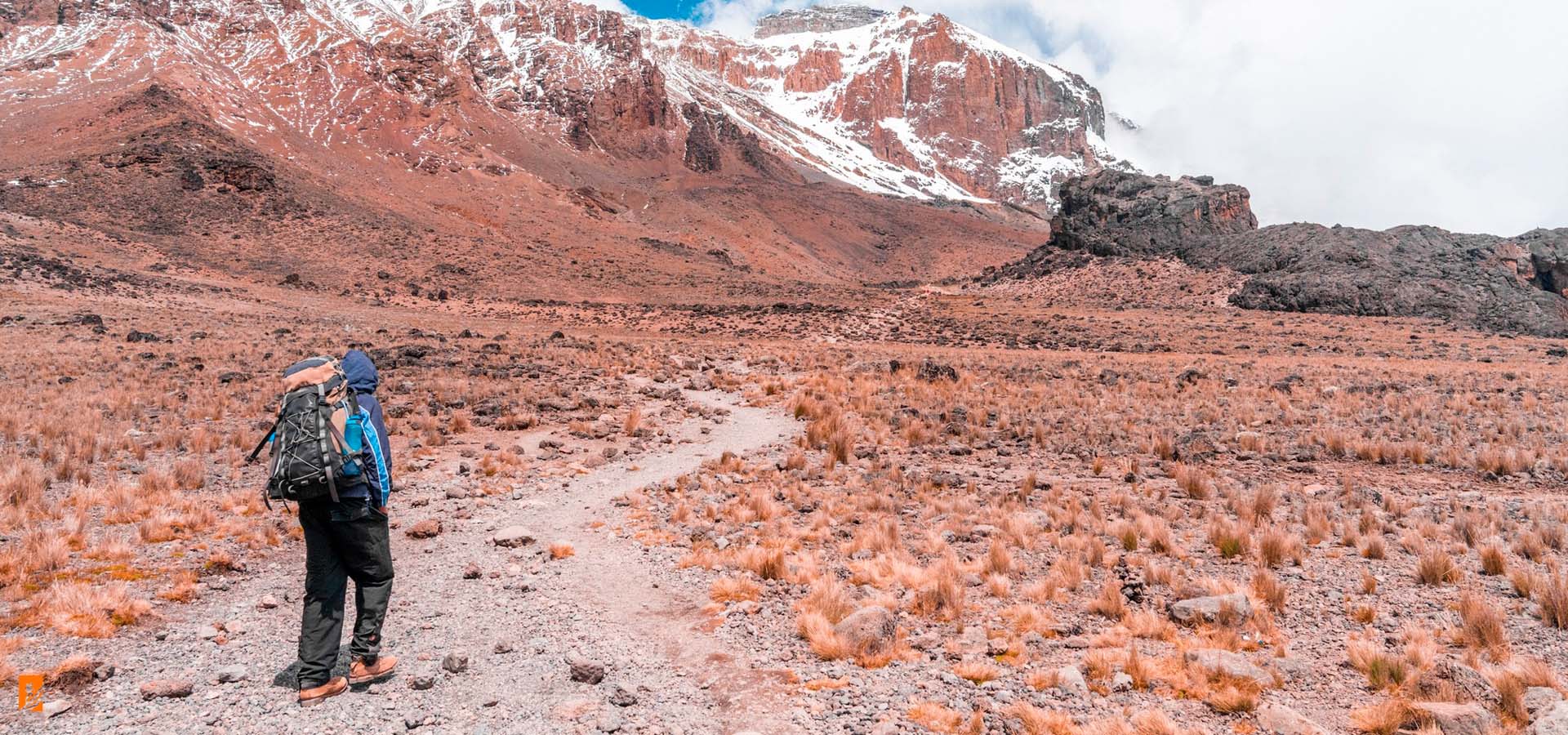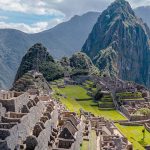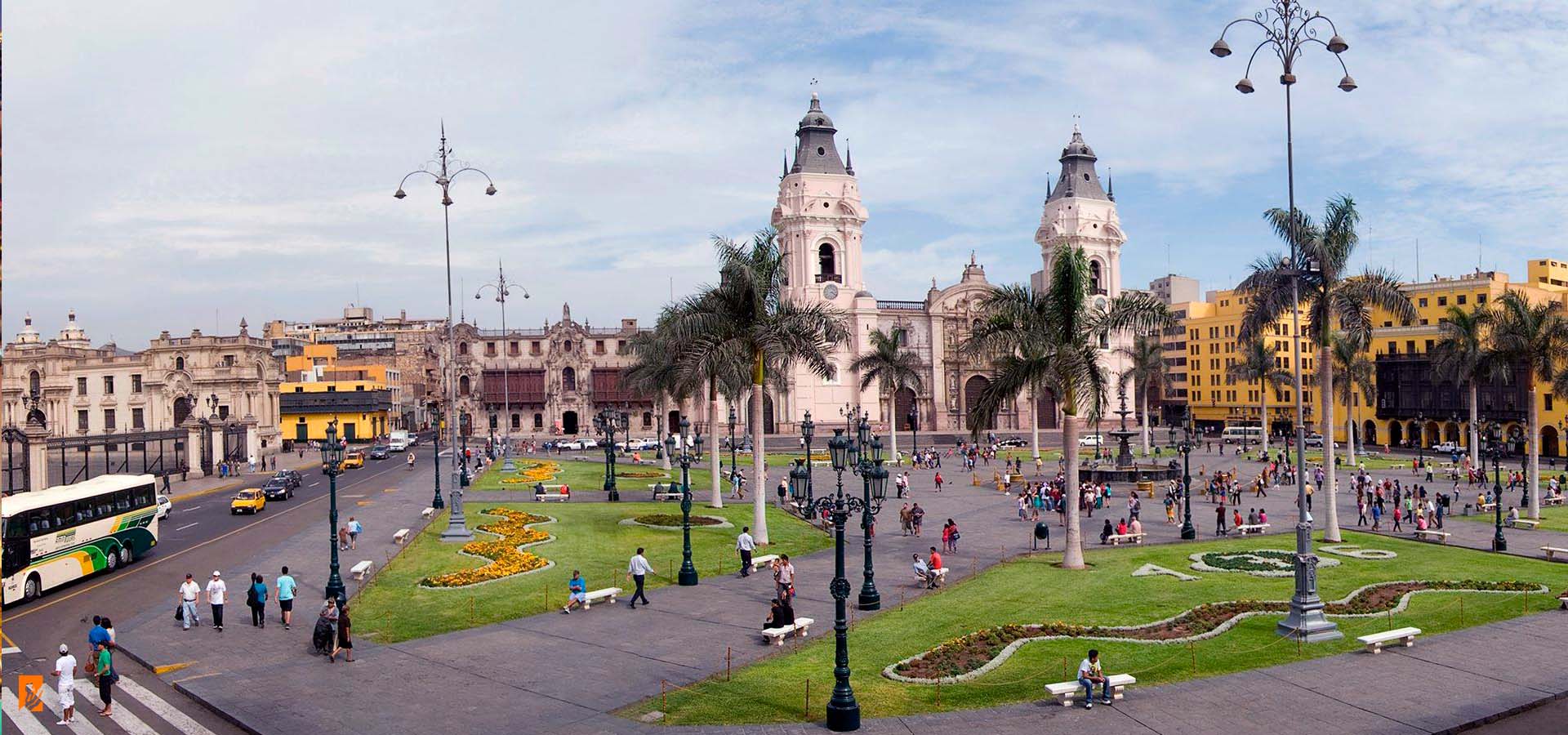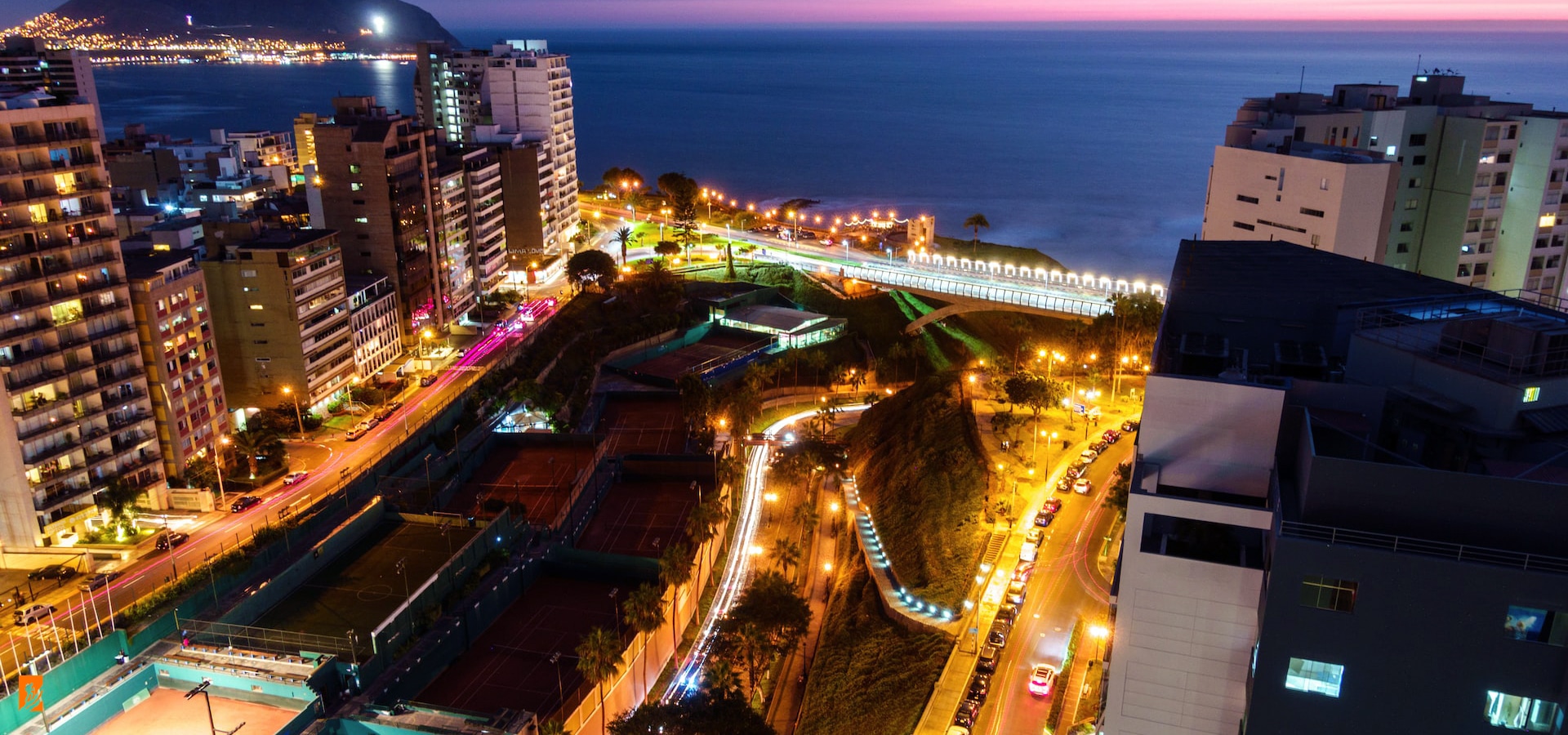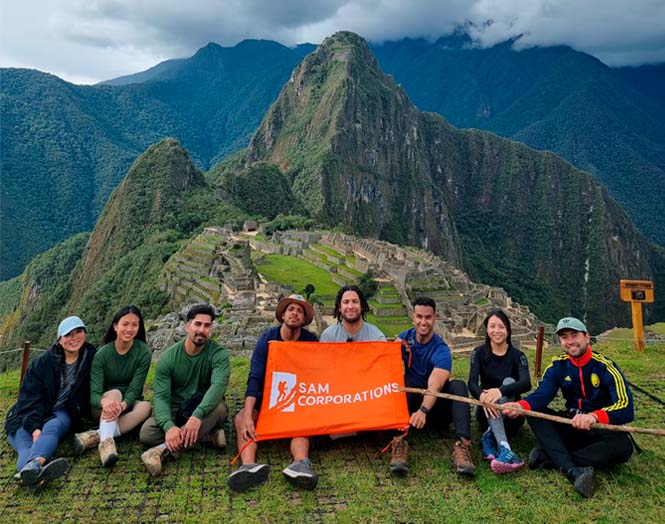Discovering Peru off the beaten track is possible when one looks beyond Machu Picchu and the Inca Trail. Of course, such renowned historical sites should not be missed. Our team of travel designers at Sam Corporations simply want to show you that there is more to Peru.
Here are 7 off the beaten track destinations in Peru to consider for your itinerary. Are each of the sites mentioned free of tourists? Not necessarily, but they do lack the crowds that Peru’s best-known tourist destinations can accrue. Our word of advice: visit the following places as soon as possible, while they remain low on the tourist radar!
1. Choquequirao
Though similar in structure and architecture to Machu Picchu. Choquequirao is believed to be at least 3 times larger than the famed citadel. The site is found at 3,000m/9,842ft in the Vilcabamba mountain range, hovering above the Apurimac River. Choquequirao is the real lost city of Peru and a worthwhile Inca ruin to visit. Excavations of the site began as recently as half a century ago. Archaeologists believe that what’s been uncovered from thick jungle brush counts for just 30% of Choquequirao.
The multi-day (between 4 and 5 days) trek to reach the historical site is as off-the-beaten path as it gets. Whereas Machu Picchu can be accessed by the comforts of train and bus. Choquequirao can only be reached by foot. Once you arrive at Choquequirao, you practically have the ruins to yourself. Few tourists are intrepid enough to experience Peru off the beaten track.
See the detailed itinerary here!
2. The Sacred Valley Tour in Cusco
With towering glacial peaks in the background and quaint Quechua-speaking villages in the foreground, the Sacred Valley is a breath of fresh air. This is especially true given its relative proximity to the bustling city of Cusco (about 1.5 hours by car). Also crowded entrance to Machu Picchu (a 2-hour train ride). Most tourists will spend just a day (or perhaps a few hours!) in the Sacred Valley after having visited the famed Inca ruins. This tranquil area is well worth a longer visit.
From Pisac to Ollantaytambo, a journey along the Sacred Valley’s lush and river-carved floor is a must-do for any trip to Peru. This is especially true if it’s peace and quiet that you’re after. Pisac is a high-altitude town with a great artisan market, ruins, hikes and even a great Italian restaurant. Heading west, before reaching the quaint town of Yucay, is the Museo Inkariy. Learn more about ancient local culture. Urubamba is the Valley’s largest towns and has a handful of trendy cafes, restaurants, and boutique shops.
Finally, Ollantaytambo is the oldest living Inca town and is most visited for its train station to Machu Picchu. Though the stone streets make it look frozen in time. SAM Corporations can point you to the town’s innovative distillery as well as Alqa, a gallery of popular Andean art.
3. Chachapoyas
It may not come as a surprise that one of the best ways to experience Peru off the beaten path is to head to the jungle. The jungle city of Iquitos has its own perks, but we are particularly fond of Chachapoyas. The town is the launching point for two of northern Peru’s greatest wonders: the Gocta Falls and the Kuelap Fortress.
The Gocta Falls is a multi-drop, 771-meter (2,530-foot) waterfall that ranks as the third-highest waterfall in the world. Peru’s tallest free-falling cascade can be reached from Chachapoyas town via a car ride followed by a short hike. Gocta Falls is tucked away and was only brought to international attention in 2022.
Another fantastic and lesser-known site near Chachapoyas is the Kuelap Fortress. A pre-Inca fortified citadel, Kuelap was built by the Chachapoyas culture (900-1400 AD). The site was originally 15 hectares, according to the World Monuments Fund. Sitting at 3000m/9,842ft on the slopes of the Andes, the ancient site is one of the largest stone ruins in the Americas. Kuelap consists of zig-zag friezes, over 420 circular stone dwellings. The remnants of a massive stone wall that encircled its cliffside perch.
4. The Huayhuash
For a wild and remote setting, head to the Huayhuash, a compact mountain range that sits below the Cordillera Blanca. The range is home to seven peaks over 6,000m/19,000ft. All are connected by a trekking circuit that is repeatedly acclaimed by outdoor enthusiasts as being one of the best alpine treks in the world.
There are a multitude of circuits to hike to Huayhuash based on your physical stamina and time allowance. The classic Huayhuash trail can take between 8-14 days to complete. Each day spent crossing a mountain pass (or two). The trek enjoys singular vistas of icy towers and turquoise lakes. It is essential to allow yourself to acclimatize in the city of Huaraz before setting out on the hike. It is also a good idea to be confident in your physical condition.
5. Ausangate Trek
Ausangate is a 6,384m/20944ft peak in the Cordillera Vilcanota and the highest mountain in Southern Peru. For this article’s purposes, we’re not talking about the peak, but the 43-mile trekking circuit void of crowds. Featuring small villages, glacial lakes, towering snow-capped peaks and often herds of alpacas.
If you have your heart set on trekking to Machu Picchu but aren’t a fan of joining the crowds on the Inca Trail. The Ausangate Trek is most definitely for you. Keep in mind, however, that the high-altitude trail passes through elevations of 4000/5500m. Most circuits maintain hiking days of 6-7 hours. Completed in 6 days, Ausangate is a strenuous hike yet one of the most scenic off-the-path experiences that Peru offers.
6. The Uros Islands on Lake Titicaca
For a truly unique travel experience and a taste of a different life, visit the Uros Islands of Lake Titicaca. The community of floating islands was constructed using totora, a type of reed native to the area. It is said that the Uros people were forced to take up residence on the lake when waring tribes tookover their land. Even the boats are fashioned out of reed.
Today, locals of the Uros Islands make their living from fishing and selling their reed handicrafts to tourists. Lake Titicaca is a magical place and your time spent upon the Uros Islands will only convince you. For a truly immersive experience, you may even consider spending the night with a local family to gain a deeper understanding of their way of life.
7. The Pacaya Samiria National Reserve
One of the most pristine and beautiful places in Peru is the wildlife rich and crowd-free Pacaya-Samiria National Reserve. Located near Iquitos, Peru, in the depths of the Amazon Rainforest, the Reserve is one of the largest protected areas in all of Peru. The area’s autonomous ecosystem is a paradise for nature lovers and is maintained through sustainable tourism.
The Pacaya Samiria National Reserve protects incredible biodiversity that includes over 1000 species of fauna and more than 900 species of flora. Spot pink river dolphins, search for caimans and venture out on night hikes and boat rides by flashlight when the forest is at its liveliest.
Our travel team considers a luxury Amazon cruise to be the best way to visit this unique region of Peru.
A Trip To Peru Is What You Make It
Though Machu Picchu might be the reason you book your trip to Peru, we’re here to show you that there is so much more to Peru than the famous world wonder. Get in touch with a SAM Corp Designer today to begin putting together your itinerary, whether on or off the beaten path!
